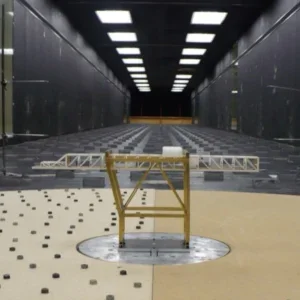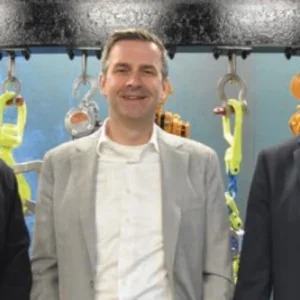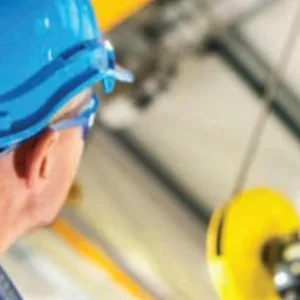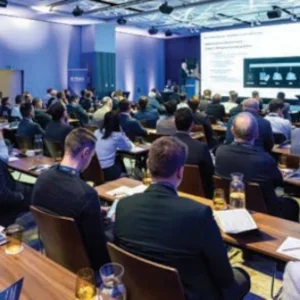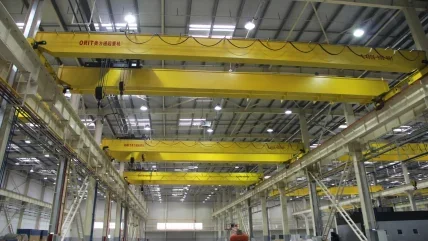
Meisterbau Aichinger GmbH is a timber construction company based in Austria. Employing 11 staff, it specialises in the sustainable timber construction of state-of-theart modular houses, as well as other wooden structures, such as carports and pergolas.
When it erected a new building at its own site last year, the company decided to invest in new cranes from German firm Abus Crane Systems, and move production from outside to inside.
“We used to build modular houses in the open air using normal mobile cranes and that was quite complicated and time-consuming: we always had to cover everything, uncover everything and that used to take a lot of time,” explains Harald Aichinger of Meisterbau Aichinger, in a Abus Crane Systems interview on YouTube. “So we said, if we are making the effort to build a hall, we are going to have proper cranes as well.”
Meisterbau Aichinger decided on two single girder overhead travelling cranes on the advice of Ing. Klaus Schneider GmbH, the partner of Abus Kran Austria, itself a subsidiary of Abus Crane Systems.
The cranes are employed in tandem, their spans measure 15.5m, and their safe working loads are 6.5t. They are equipped with modular ABUControl crane control systems for both the crane and trolley to enable particularly sensitive positioning. All cranes with ABUControl come with anti-sway systems to prevent load swing.
The cranes allow Meisterbau Aichinger to lift the modular houses directly onto lorries.
“Our experience has shown us that we really need a crane capable of lifting more than 10t because we realised with modules previously built outdoors how much weight comes together there, and for this very reason we decided to have twice 6.5t,” says Aichinger.
“What we have seen during the last run of the test run [is that] we are saving at least 30-40% of time and also costs because a mobile crane runs all day long, and with petrol prices these days… “We do not have to take these into account now. This is a lot of cost savings.”
Aichinger says, however, that “the most important thing is we now have a lifting option accurate to the millimetre – say a millimetre to the left, a millimetre to the right. And that with an enormous weight of up to 12t. [It’s] really important that we can work and lift precisely.”


